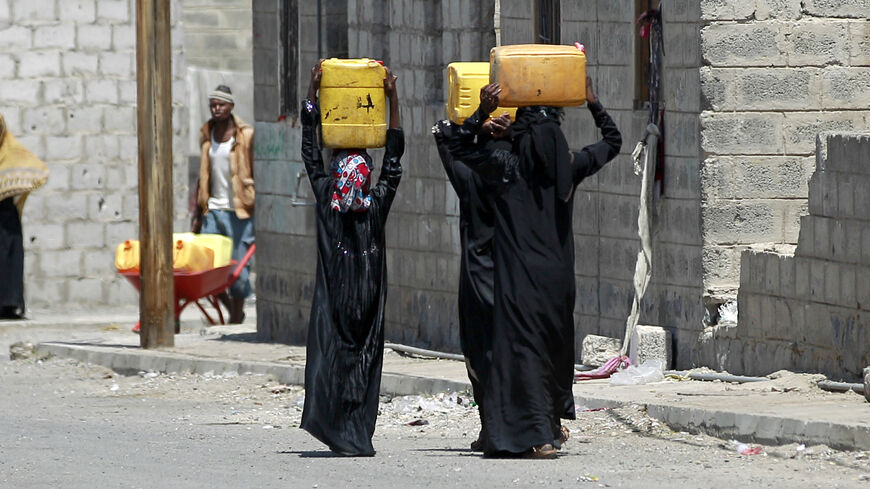The UAE is particularly vulnerable, with more than 80% of its population exposed to extreme heat even after a 1.5 C (34.7 F) rise in global temperatures over pre-industrial levels.

Jack Dutton May 23, 2023
The entire populations of Bahrain, Qatar and the United Arab Emirates (UAE) could be vulnerable to extreme heat if the planet’s temperature continues to be on the rise in the coming years, a new report warned on Monday.
The study published in the Nature Sustainability journal released on Monday looked at different countries and how exposed they were to unprecedented heat — median annual temperatures of 29 C (84 F) or more — in a 1.5 C (34.7 F) or 2.7 C (36.9 F) rise in the temperature of the planet compared to pre-industrial levels.
The study found that 419 million people in 57 countries were vulnerable to 1.5 C of global warming in the coming years, while 1.99 billion people in 122 nations were vulnerable to warming of 2.7 C. The 2015 Paris Agreement said that millions of people would be vulnerable to the adverse impacts of global warming if the 1.5 C threshold was crossed. The World Meteorological Organization gave a grim warning last week that for the first time, global temperatures are now more likely than not to surpass the Paris threshold in the next five years.
Life threatening heat in Gulf
The study found that in the Middle East, Bahrain, Qatar and the UAE were found to have 100% of their land and populations exposed to life-threatening heat under a 2.7 C rise in global temperatures. The UAE is particularly vulnerable, with more than 80% of its population exposed to extreme heat even under a 1.5 C scenario.
Kuwait, Oman and Yemen were also found to be extremely vulnerable to global warming.
One of the authors of the study, Chi Xu, from Nanjing University’s School of Life Sciences, told Al-Monitor that these countries were most exposed to extreme heat because of their arid climates and dense populations.
“However, we cannot say other Middle East countries are safe or ‘protected’ in terms of extreme heat — for instance, Saudi Arabia has a large fraction of land exposed too; and Middle East countries will be commonly exposed to high temperatures, even though slightly below 29 C median annual temperature,” he said.
However, Iran and Israel present lower temperatures than other countries in the region, likely because of the former’s mountainous topography and the latter’s Mediterranean climate, Chi said.
Elders most vulnerable
The scientist warned that extreme heat can be lethal, and increase morbidity and mortality, especially among vulnerable age groups such as children, elders and outdoor workers.
He said that societies will be subject to huge economic loss and a spike in social instability, among other important adverse impacts.
“Middle East countries cannot be immune to these impacts, but consequences could be country specific … need further detailed explorations,” Chi said.
“We cannot predict exactly what is the worst, or when it will be. But there is a good chance that heat extremes are impacting with increasing intensity, frequency and duration from now on. Middle East countries may be the first ones bearing such impacts,” he added.
Chi said that to help avert the worst impacts of climate change, every country should implement their 2030 nationally determined contributions — climate action plans to cut emissions and adapt to climate change.
“Local adaptation through, for instance, both indoor and outdoor cooling techniques seems urgent,” Chi added.
